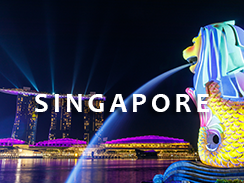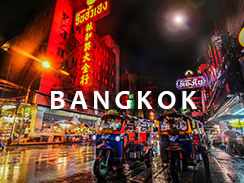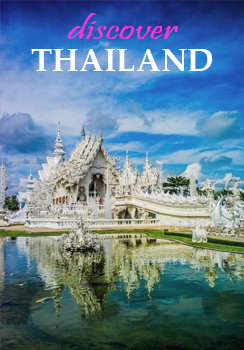Malaysia: Southeast Asia's Next Great Foodie Destination
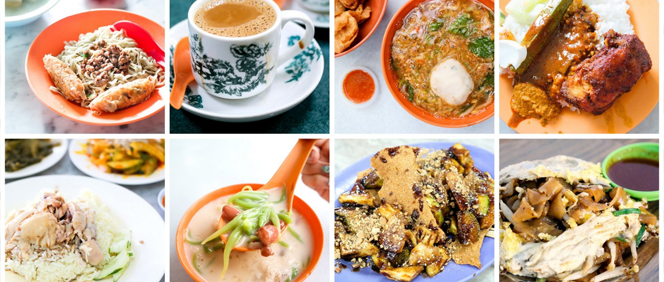
Malaysian Food: A Flavorful Journey Through Cultures
Malaysia is a melting pot of cultures, and nowhere is this more evident than in its food. The country's cuisine has been shaped by centuries of influence from Arabic, Chinese, Indian, Thai, Portuguese, Dutch, and other cultures. This mix of culinary traditions creates a vibrant and diverse food scene, where each region has its own unique flavors and signature dishes.
The Rich Tapestry of Malaysian Cuisine
From aromatic Indian curries to Chinese dim sum, spicy Thai salads, and Arabic-style grilled meats, Malaysian food offers a delightful array of dishes that reflect the diverse communities living here. Historical influences have left their mark on the local palate, with ingredients, techniques, and cooking methods crossing borders over time. The result is a cuisine that's not only rich in flavor but also tells the story of the country's multicultural heritage.
Each region in Malaysia presents a distinct culinary experience, making it nearly impossible to appreciate the full range of flavors in just one meal or one location. To truly savor Malaysia’s food culture, you need to explore multiple towns, each offering its own interpretations of beloved dishes.
Here are three top towns you should visit to experience the essence of Malaysian cuisine:
-
Penang - Known for its street food, Penang is a food lover's paradise. Influenced heavily by Chinese and Malay cultures, you'll find dishes like Char Kway Teow, Penang Laksa, and Nasi Kandar. The island is famous for its hawker food stalls where you can sample these delicacies, often served fresh and with bold flavors.
-
Kuala Lumpur - The capital city is a vibrant fusion of cultures, and this is reflected in its food scene. In KL, you can enjoy a variety of Malay, Indian, Chinese, and even Arabian flavors. Whether you're grabbing a quick bite at a hawker center or dining at upscale restaurants, you’ll find a stunning variety of tastes—from roti canai and nasi lemak to dim sum and satay.
-
Malacca - A historical town with a rich Portuguese and Dutch influence, Malacca offers a unique mix of Peranakan or Nyonya cuisine, which blends Chinese and Malay cooking styles. Dishes like chicken rice balls, nyonya laksa, and sambal showcase the area's cross-cultural history. Strolling through Malacca's streets, you'll encounter a blend of flavors that reflect the town's past as a bustling colonial port.
The diversity of Malaysia's food is a direct reflection of its multicultural identity. Each town tells its own flavorful story, so make sure to bring your appetite and explore as many regions as possible to truly appreciate the full spectrum of Malaysian cuisine.
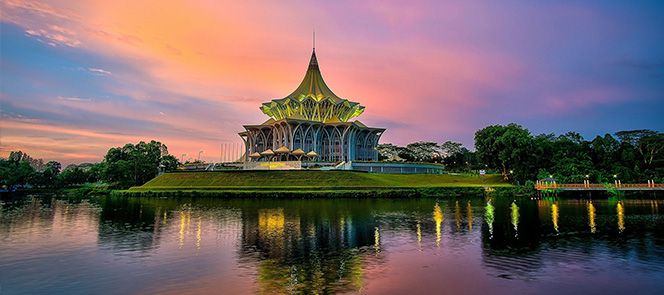
Kuala Lumpur: The Cosmopolitan Capital of Food
Kuala Lumpur (KL), Malaysia’s bustling capital, is a city that’s as passionate about food as it is about shopping. A true cosmopolitan hub, KL’s culinary scene blends the best of local and international flavors, influenced by its multicultural population. With influences from Chinese, Indian, Malay, Thai, and Arabic cuisines, it’s no surprise that food is at the heart of the city’s identity.
A Melting Pot of Flavors
Sherena Razaly, a local KL resident and owner of one of the city’s most popular Malay restaurants, Enak KL, speaks to the city’s vibrant food culture. She explains that food is integral to the Malaysian way of life, and KL’s dining scene reflects this diversity. Razaly frequently visits local spots, enjoying meals alongside office workers and sari-clad women who gather around long shared tables. One of her favorite dishes is banana leaf, an iconic meal that features a mix of curries, vegetables, and rice served on a large banana leaf (no utensils needed). It’s a nod to the city’s South Indian heritage, especially from the 19th-century British rubber plantation workers who brought this culinary tradition to the country.
Enak KL: A Taste of Homegrown Excellence
Enak KL, located inside the upscale Starhill Gallery shopping center, offers a refined yet authentic Malay experience. Here, diners can enjoy traditional recipes like beef rendang (a slow-cooked beef stew) and botok-botok (mackerel steamed with papaya leaves). The restaurant’s decor reflects the country’s heritage, with batik wall hangings and family recipes passed down through generations. Even Razaly’s mother makes periodic visits to ensure the dishes stay true to their roots. It’s a beautiful example of the fusion between Malaysia’s old and new worlds.
Yut Kee: Tradition Meets Modern KL
Another beloved institution is Yut Kee, one of KL's last remaining kopitiams (traditional coffeehouses). Opened in 1928, Yut Kee retains its old-world charm with a timeless vibe. Tucked between towering skyscrapers, it’s a hidden gem where locals gather for lunchtime favorites like Hainanese pork chops and roti babi. This deep-fried bread pocket stuffed with braised pork, crabmeat, Chinese sausage, and water chestnuts is made with a secret family recipe that has been passed down through generations. The unique flavors of Worcestershire sauce, a legacy of the British colonial period, are infused into many of the dishes, adding a distinctive Asian-European twist to KL's food offerings.
A Stay in Tradition: Anggun Boutique Hotel
For those looking to experience KL’s blend of past and present, the Anggun Boutique Hotel provides a window into the city’s history. Located just a short walk from Starhill, the hotel is housed in a pair of early 20th-century Chinese immigrant residences. It retains period features such as 1920s lanterns and reclaimed hardwood railway sleepers, offering a nostalgic atmosphere in the midst of the modern city. It’s a perfect place to experience the timeless essence of Kuala Lumpur before heading out to explore the city’s culinary wonders.
In Kuala Lumpur, food is not just a meal—it’s an experience that connects you to the city’s rich cultural tapestry. Whether you’re savoring a bowl of banana leaf at Vishal Curry House, indulging in beef rendang at Enak KL, or enjoying a classic roti babi at Yut Kee, KL offers an unforgettable journey for your tastebuds.
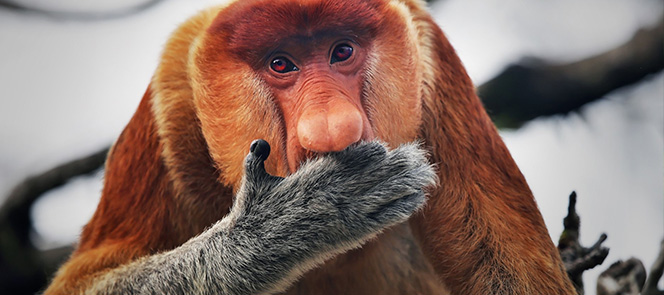
Malacca: The Colonial Time Capsule
While Kuala Lumpur is fast-paced and modern, Malacca (or Melaka), located just three hours south by bus, feels like a step back in time. Malaysia's oldest city, it was once a thriving maritime hub and a powerful colonial outpost. Today, Malacca is a charming town where colonial history blends with culinary creativity. Its ancient Portuguese fort and 18th-century Dutch Protestant church stand as quiet reminders of the city's past. However, it’s not the monuments but the fusion cuisine that truly defines Malacca.
Jonker Street: A Hub of Culture and Flavor
One of Malacca’s most famous streets is Jonker Street, a half-mile-long stretch of shops selling antiques, souvenirs, and delicious street food. On weekends, the street transforms into a lively night market. During the day, Jonker 88 is a must-visit café. The café’s quirky décor, with faded Chinese lanterns and Bruce Lee memorabilia, contrasts with its modern twist on traditional desserts. Its cendol—a unique Southeast Asian version of a snow cone—is especially popular. The dish features a mound of shaved ice, kidney beans, and pea-flour noodles, all topped with gula Malacca, a dark and smoky palm-sugar syrup that’s a Malaccan specialty. It’s a perfect sweet treat for those exploring the picturesque, lamp-lit canals nearby. (88 Jalan Hang Jebat, jonker88.com, cendol $1.25)
Capitol Satay: The Legendary Steamboat
Capitol Satay, a local institution, has been serving its addictive peanut-sauce fondue steamboat for 55 years. Here, diners select skewers filled with over 80 types of food, including chicken, beef, tofu, and fish wontons, which are then dipped into hot, fragrant peanut sauce at each table. It's an interactive, communal dining experience, and patrons often get carried away with how many skewers they can eat. In fact, there’s a "wall of champions" showcasing photos of customers who’ve eaten the most, with the current record standing at 201 skewers. If you can top the record, your meal is free. (41 Lorong Bukit Cina, 011-60/6-283-5508, skewers 25¢)
Cultural Immersion at the Baba Nyonya Heritage Museum
For a deeper dive into the unique cultural fusion of Malacca, the Baba Nyonya Heritage Museum offers a glimpse into the Peranakan (Straits Chinese) community, descendants of Chinese settlers who married local Malay women. The museum, housed in a beautifully preserved 115-year-old home, showcases the rich history of this community through intricate silk wall hangings, finely carved woodwork, and traditional furnishings. (48-50 Jalan Tun Tan Cheng Lock, 011-60/6-283-1273, entry $3.25)
Authentic Nyonya Laksa at Donald & Lily’s
Just a short walk from the museum, Donald & Lily’s is a simple café with an unforgettable dish: Nyonya laksa. This flavorful soup combines fresh coconut milk, fish balls, tofu squares, and a topping of shredded egg and cucumber, all served with a dollop of chile paste for added heat. What makes this dish special is the attention to detail—Lily, the owner, grinds the herbs by hand every morning using a mortar and pestle. According to her, a true Nyonya laksa never contains any canned or packaged ingredients, making this a truly homemade experience. (Behind 31 Jalan Tun Tan Cheng Lock, 011-60/6-284-8907, Nyonya laksa $1.25)
Stay in Style at Courtyard @ Heeren
For those who want to stay in the heart of Malacca's historic district, Courtyard @ Heeren offers a unique blend of old-world charm and modern comfort. Located in a century-old home, the hotel features rooms with colonial-era tiles, four-poster beds, and updated amenities like rainfall showers and Wi-Fi. It’s the perfect place to unwind after a day of exploring Malacca’s vibrant food scene and rich history. (91 Jalan Tun Tan Cheng Lock, courtyardatheeren.com, doubles from $66)
In Malacca, history and food come together in a fusion that’s unique to this fascinating town. Whether you’re indulging in cendol on Jonker Street or savoring a hearty bowl of Nyonya laksa, the city’s culinary traditions are as rich and diverse as its past.
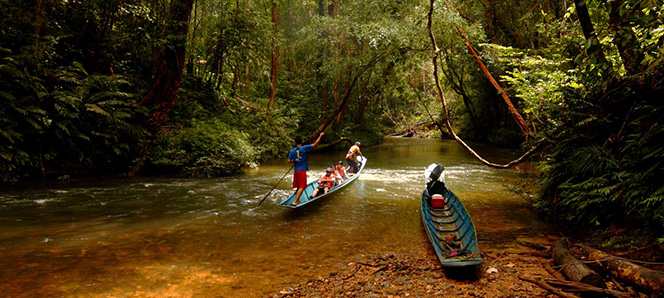
Penang: Hawker-Food Central
If Kuala Lumpur is the fast-paced urban hub and Malacca is frozen in time, Penang is somewhere in between—understated, slightly frayed, yet brimming with charm. The capital, George Town, is a UNESCO World Heritage site known for its blend of crumbling pastel-hued houses, distinctive arched doorways, and a laid-back atmosphere that invites exploration. While George Town offers temples and historical sights, it's the city’s legendary hawker food that draws both locals and visitors in.
Hawker Centers: The Heart of Penang's Food Scene
George Town is home to numerous hawker centers—open-air food courts where locals can find cheap, delicious meals starting at just $1 per dish. These centers are a must-visit for anyone wanting to sample Penang's diverse food offerings. There are so many hawker centers scattered across the city that having a guide is essential to navigate the best spots. The Penang Street Food app (for iPad and iPhone), launched by the local tourism board, helps visitors discover 12 must-try dishes and 38 top food vendors. Alternatively, Rasa Malaysia, run by food blogger Bee Yin Low, offers private tours where expert guides take you to the best hawker centers, including the bustling Chowrasta Market. This market has been around since 1890 and is the perfect place to see fresh fish, colorful tomatoes, spicy red chiles, and mouthwatering kuih (sweet rice cakes). The market’s vendors are more than happy to let visitors sample their offerings, including local favorites like pork jerky and five-spice pork rolls. (Penang Rd., pork jerky $10.50 per pound)
Street of Harmony and Little India
Penang’s Street of Harmony epitomizes Malaysia’s rich diversity, as it’s home to an Anglican church, a Buddhist temple, a Hindu shrine, and a mosque—all located on the same stretch of road. This street also runs through the heart of Little India, where you can enjoy the vibrant atmosphere and indulge in delicious Indian sweets or the famous teh tarik (a frothy pulled tea made by pouring condensed milk and hot black tea between two cups).
Hawker Food Beyond George Town
For those seeking more off-the-beaten-path hawker experiences, Penang has plenty to offer. Bee Hooi, located 15 minutes from George Town, is known for its oh chien (oyster omelet), hokkien mee (egg noodles served in a prawn and pork broth with toppings like boiled eggs and fried shallots), and char kway teow (wok-fried rice noodles with prawns, Chinese sausage, and cockles). This laid-back hawker center offers some of Penang’s most authentic and affordable dishes. (Corner of Jalan Burmah and Lorong Pulau Tikus, char kway teow from $1.15)
Relax in Style at Straits Collection
After a day of indulging in the vibrant food scene of Penang, retreat to the Straits Collection, a boutique hotel that offers a cozy and stylish haven. Located in the historic quarter of George Town, the hotel is housed in converted shop houses and features just 10 rooms. The interiors are a mix of antique wardrobes, stained glass, and vintage prints of Penang cityscapes. The hotel also has an on-site library and the unique Kopi Cine—a restaurant and cinema that screens movies every night at 8:30. The Straits Collection perfectly blends luxury with the scruffy, eclectic charm of Penang. (47-55 Stewart Ln. and 89-95 Armenian St., straitscollection.com.my, doubles from $138)
Penang is the perfect destination for food lovers. Whether you're wandering the streets of George Town or diving into one of the many hawker centers, the city offers a delicious mix of local flavors and cultural diversity that you won’t find anywhere else.



